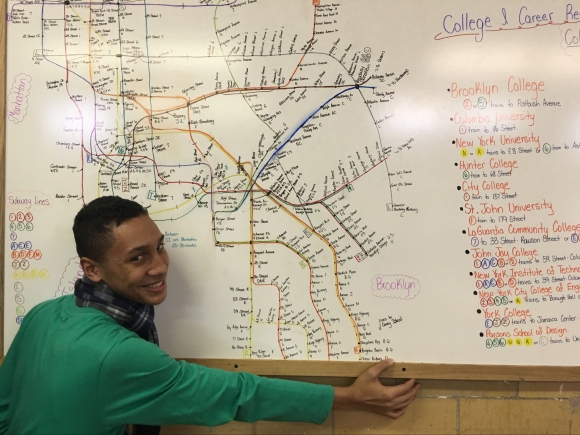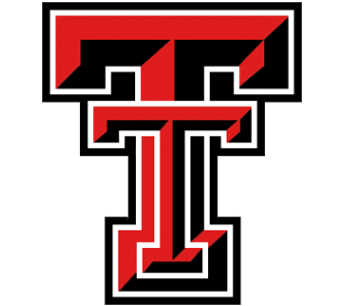
Career and Technical Education (CTE)
The best of both worlds: a strong academic as well as rigorous technical education.
CTE Department Information
Students are guided towards completing all their New York State Regent’s mandated requirements and acquire the technical skills needed for entry-level employment with industries such as New York City Transit Authority, Long Island Railroad, Amtrak, Scholars At Work, Workforce1 and other electrical, electronic and computer-based industries.
Since a collaborative partnership between the Department of Education and NYC Transit created the school, joint ventures have played a major role in the evolution of Transit Tech. All of our industry partners play a significant part in providing everything from marketing expertise for the articulation redesign to an internship program for seniors and an apprenticeship program for graduates. Representatives of transit management and labor serve on the school’s advisory council, as keynote speakers at graduation, and as Principal for a Day. Transit Tech has established collaborative relationships with other organizations as well, whose representatives also serve on the Advisory Council. Among them are the New York Citywide School to Work Alliance, which provides funding and networking for professional development and curriculum assistance, and CUNY’s New York City College of Technology, which offers a College Now program and professional development projects. A Growing relationship have been established with the Workforce One Scholars to Work Institute, which is providing internships for students looking for employment upon graduation through the mayoral appointed small business consortium.
Student achievement trends at Transit Tech are moving mostly in a positive direction. The Transit Tech is built on the pillars of career and technical education, middle school articulation, attendance outreach, standards based instruction supplemented by Academic Instruction Services, guidance and support services, security and safety, professional development, and collaborative partnerships. At the core are the career and technical programs. Prospective students may apply for four different programs. From literally their first day at Transit Tech, all students are given hands on opportunities to work with computers. Regardless of the area of concentration, each incoming student receives a career/technology foundation in a required computer assisted drafting class that is coupled with an introduction to occupations course. A three year sequence in one of the CTE majors follows. An interdisciplinary approach is incorporated into the career and technical curriculum, with students developing high level math, science, and literacy skills while simultaneously acquiring valuable career and technical skills and knowledge.
In computer technology, students develop knowledge of computer circuitry, micro technology and networking, computer circuitry, computer hardware and assembly, and analog and digital electronics. Advanced electronics options, including computer hardware and software are also taught. The computer/industrial electrician major focuses on the science of troubleshooting. The program prepares students to install, repair and maintain industrial, commercial, and residential electrical system. Motor control, AC/DC circuitry, and programmable logic controls are also taught. This program was the first one to receive state accreditation in June 2002, as part of the new SED certification process for CTE programs. Transportation technology students receive an education encompassing electrical and mechanical systems related to transportation and industrial and commercial wiring systems. The Transit Technician Program received state certification in the fall of 2012. Computer assisted engineering is a developing program of classes with special emphasis on math and science. It focuses on computer application maintenance associated with the inspection, repair, assembly, and troubleshooting of digital and microprocessors.
